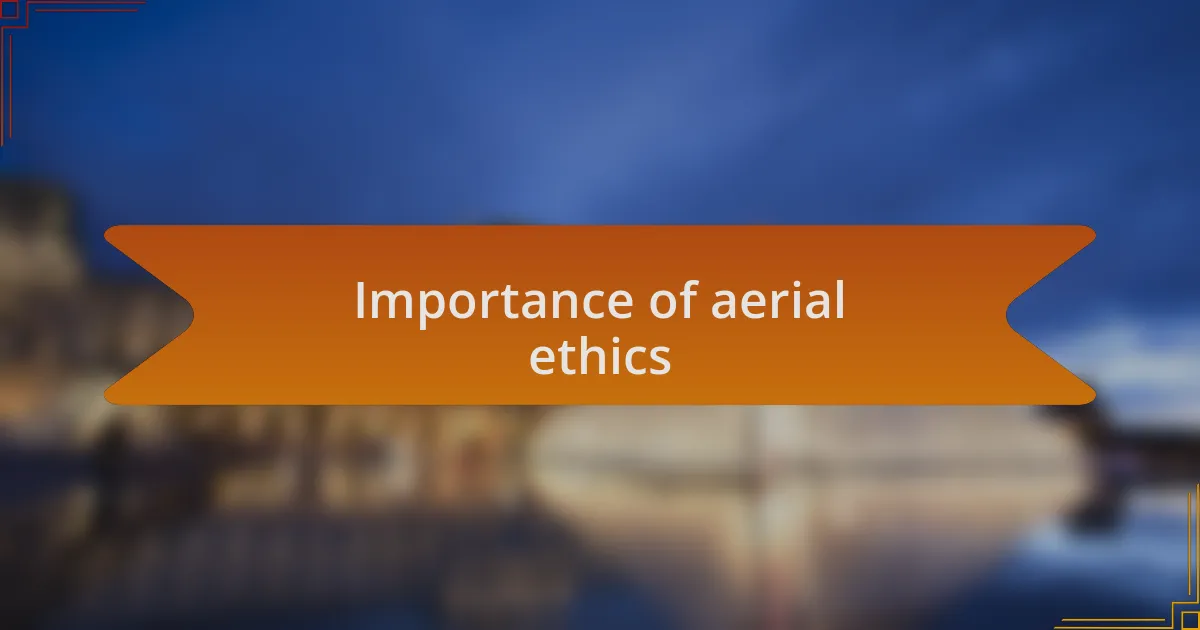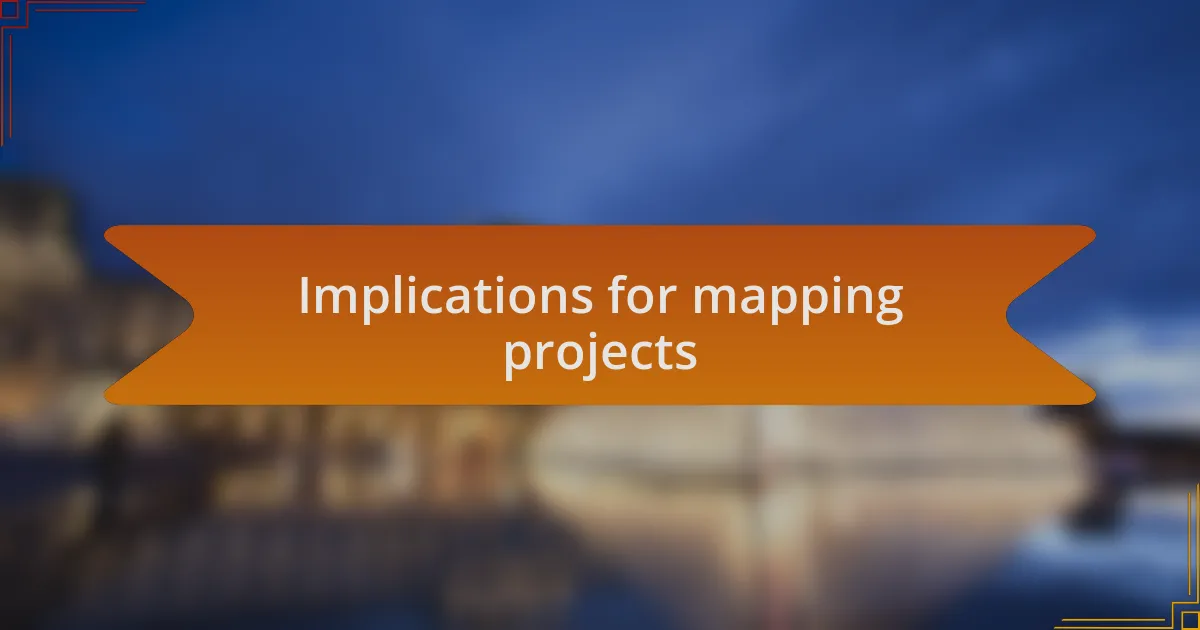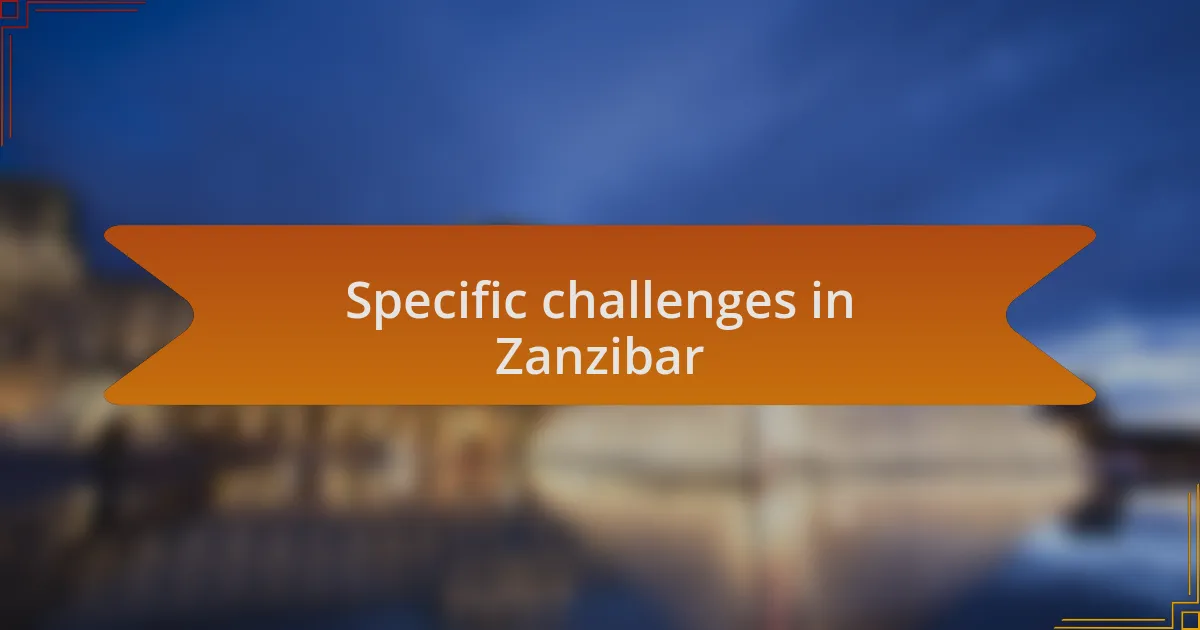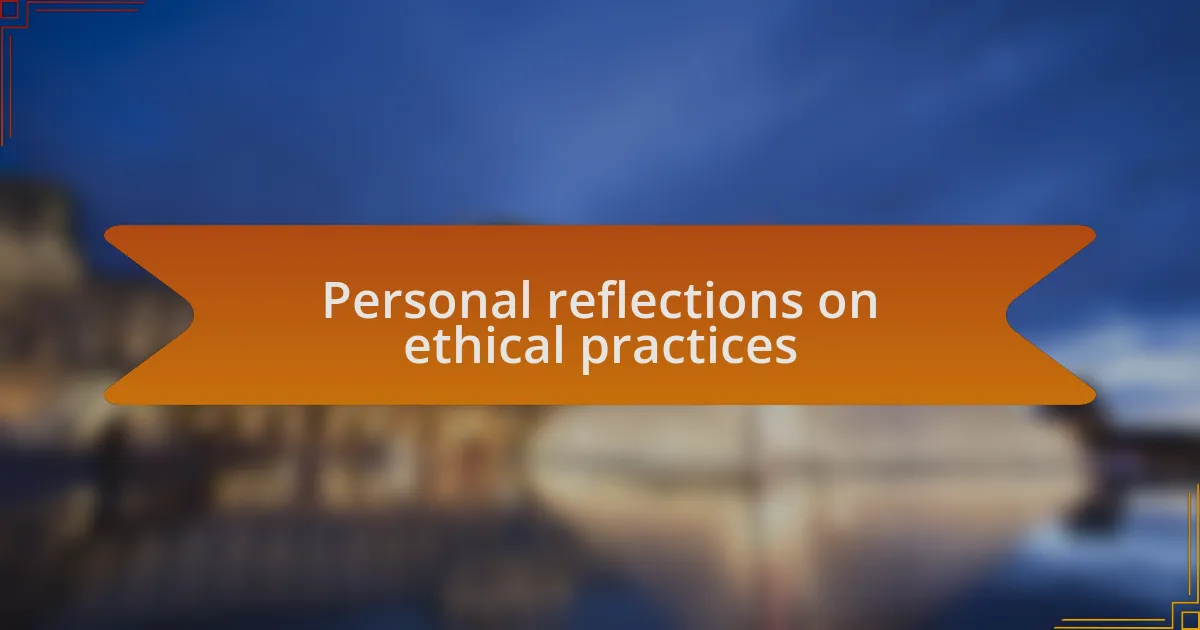Key takeaways:
- Drone mapping technology transforms raw data into detailed 3D maps, reshaping environments and aiding urban planning and conservation efforts.
- Aerial ethics are essential for building trust with communities; respecting privacy and ensuring transparency are crucial for successful mapping projects.
- Challenges in Zanzibar include navigating regulatory complexities, technological access disparities, and cultural sensitivities related to land use.
- Empathy, consent, and self-awareness are vital in ethical drone mapping, emphasizing the importance of involving community voices in the process.

Understanding drone mapping technology
Drone mapping technology is a fascinating intersection of innovation and utility. I still remember the first time I watched a drone effortlessly navigate a complex landscape, capturing high-resolution images from above. It was awe-inspiring to see how the technology transformed raw data into detailed maps.
At its core, drone mapping uses aerial imagery and geographic information systems (GIS) to create precise topographical representations. Imagine standing in a vast, uncharted area, and suddenly having access to an interactive 3D map that reveals details previously hidden. How incredible is it that a small flying machine can open our eyes to the world in such a detailed way?
The insights gained from drone mapping can reshape our understanding of environments, aid in urban planning, and even support conservation efforts. I often think about how these detailed insights can change lives, from helping farmers increase their yields to guiding disaster response teams. Isn’t it exciting to envision the possibilities that lie ahead with this technology?

Importance of aerial ethics
Aerial ethics isn’t just a guideline; it’s the foundation of trust in drone mapping. I recall a project where we had to respect private property. Navigating aerial photography in Zanzibar, we needed to ensure we weren’t infringing on anyone’s space. This experience highlighted how crucial ethical practices are for building relationships with communities and maintaining credibility.
Moreover, the implications of aerial ethics stretch beyond legality; they touch on social responsibility. I once attended a seminar where we discussed drone usage in sensitive environments, like wildlife conservation. It struck me how crucial it is to operate with care, ensuring we don’t disrupt ecosystems or wildlife habitats. How can we be true stewards of the environment if we don’t approach our work with ethics?
Thinking about aerial ethics also prompts me to reflect on the privacy concerns intertwined with this technology. During a mapping project, I found myself pondering the potential for misuse of data. It made me realize that as we fly higher and scan broader, we must remain vigilant about protecting personal privacy. This commitment not only safeguards individuals, but it also elevates the integrity of our entire industry.

Implications for mapping projects
Mapping projects face significant implications when we ground our actions in aerial ethics. For instance, during a community mapping initiative, I vividly remember working alongside locals who expressed their concerns about how drone imagery could be misinterpreted. It reinforced my belief that transparency is vital; involving community members in discussions about how their data will be used can foster trust and collaboration.
Furthermore, ethical considerations can greatly influence the success of a mapping project. I once surveyed a protected area and realized that clearly communicating our intentions helped ease anxiety about potential disturbances. How often do we overlook the importance of fostering goodwill in our outreach efforts? By aligning our practices with ethical guidelines, we pave the way for constructive dialogue and support from those we seek to map.
Finally, the long-term sustainability of a mapping initiative often hinges on its adherence to ethical standards. In my experience, projects that respect both the natural environment and community rights build reputations that last. Isn’t it crucial that we think beyond immediate results? When we prioritize ethics in our projects, we’re not just ensuring compliance; we’re also investing in the future of aerial mapping as a respected and responsible practice.

Specific challenges in Zanzibar
When it comes to drone mapping in Zanzibar, one of the most pressing challenges I encountered was navigating the regulatory landscape. During my first project, I remember feeling overwhelmed by the diverse requirements. Each island district has its own set of rules, and understanding these nuances is crucial. Isn’t it surprising how such regulatory complexity can stifle innovation rather than foster it?
Another significant hurdle is the varying levels of technological access among local communities. On one hand, I’ve seen incredible enthusiasm for drone technology in urban areas, while rural regions often lack basic infrastructure. This disparity affects the data quality and even the participants’ willingness to engage in mapping initiatives. Have you ever considered how technological inequalities can ultimately shape the outcomes of community-led projects?
Lastly, the cultural sensitivity surrounding land use presents another complex challenge. In my conversations with local farmers, I often sensed their deep connection to the land and their apprehensions about how mapping might alter perceptions of ownership and use. It made me question: how do we ensure that our technologies honor the traditions and values of the communities? Striking that balance is essential for fostering a sustainable and ethical mapping practice in such a unique cultural context.

Personal reflections on ethical practices
When reflecting on ethical practices in drone mapping, I’ve often found myself grappling with the concept of consent. I vividly recall a moment during a project where we were preparing to map a communal area. One elder approached me, voicing concerns about how the data might be used. It struck me then just how vital it is to involve community members in discussions — their voices must be part of the process, not just afterthoughts. Have you ever considered the weight of such decisions on a community’s trust?
In many situations, I’ve realized that empathy plays a central role in ethical mapping practices. For instance, while discussing the project with a group of local women, their enthusiasm was palpable. Yet, I sensed a lingering apprehension about data misuse. This experience illuminated for me the importance of building genuine relationships and ensuring transparency. Isn’t it fascinating how trust can enhance collaboration and lead to more meaningful outcomes?
Moreover, there’s an ongoing need for self-awareness in our practices. Reflecting on my experiences, I’ve seen the pitfalls of imposing my own concepts of development onto others. I remember a time when I assumed everyone would see the benefits of drone mapping like I did but quickly learned that cultural perspectives vary widely. This taught me the necessity of humility in our work. How often do we pause to understand the values and needs of the communities we aim to serve? It’s a crucial step in ensuring our efforts are truly beneficial.